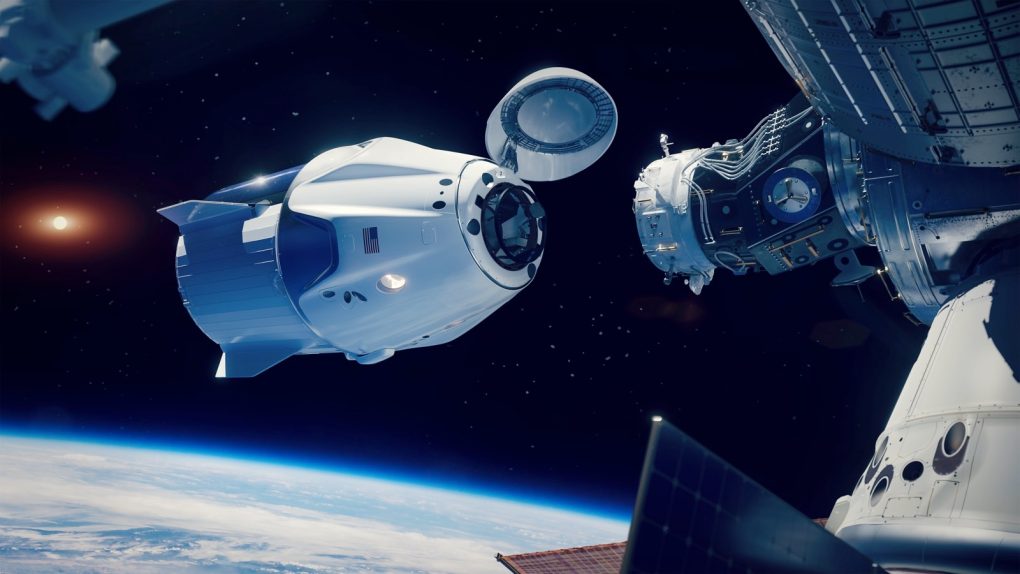Humans have been living in space for years, but it took endless research and planning to make that possible. Everything we take for granted on the surface of the planet, where we have gravity and resources to accommodate our every whim, has to be engineered to work in space. Scientists have yet to solve every problem required to make living in space for extended periods comfortable to astronauts and affordable for the governments and companies that might be footing the bill.
One of the biggest problems astronauts encounter is something we wouldn’t think twice about on Earth: Washing clothes. That’s because they don’t wash any of their clothes. They wear shirts and pants and socks multiple times until regulations say that they need to be swapped out for new ones, and the dirty ones get sent back to the planet. They receive fresh clothes with every resupply trip, which is challenging for planning a longer mission. That’s where Tide wants to help, as Procter & Gamble is partnering with NASA to come up with technology that would allow astronauts to wash their clothes in space.
The main reason that astronauts don’t wash their clothes in space concerns the water supply. The International Space Station (ISS) recycles all its water, and washing clothes isn’t part of the water budget.
Yet astronaut clothes do get dirty. Space station inhabitants need to exercise two hours every day to fight against the effects of weightlessness on muscles and bones. They then sweat in their clothes. Some of the water is reclaimed through evaporation, but the clothes will become smelly and stiff. An astronaut must change T-shirts, shorts, and socks once per week, Leland Melvin tells Associated Press.
“After that, they’re deemed toxic,” the former NASA astronaut and NFL player said. “They like have a life of their own. They’re so stiff from all that sweat.” Melvin will serve as a spokesperson for the project.
An astronaut will require 150 pounds (68 kg) of clothes in space every year. That’s space on rocket cargo that could be used for other supplies if astronauts could wash their clothes. Also, those are clothes that are dumped back into cargo that burns up in the atmosphere upon re-entry, so they’ll aren’t even being reused in future missions.
The problem is even more serious when it comes to longer missions in space like the ones NASA and others plan for Mars and the moon. It’s one thing to ship fresh cargo regularly to the ISS and quite another to have to resupply astronauts on a Moon base or those en route to Mars.
One solution is using antimicrobial clothes to prolong the wear of items, but that’s not a permanent fix. That’s why P&G and NASA will work together to develop better clothes cleaning solutions for space.
Initially, P&G will ship detergent that’s custom-made for space so scientists can determine how the enzymes react to six months of weightlessness. In May, stain-removal pens and wipes will be delivered for testing.
Aside from the Tide products created for ISS, P&G will also develop a washer-dryer that could run on the moon or Mars. The device would use minimal amounts of water and detergent, and the water would need to be reclaimed for other uses, including drinking and cooking. The same thing happens with urine and sweat right now. Such a P&G washer-dryer would come in handy in more arid regions on Earth where water supply is an issue, but without the reclaiming feature.
We’ll have to wait and see whether NASA’s Tide-in-space experiment works out. Until then, you can watch this Wired video starring former NASA astronaut Mike Massimino, who explains everything about hygiene in space:







